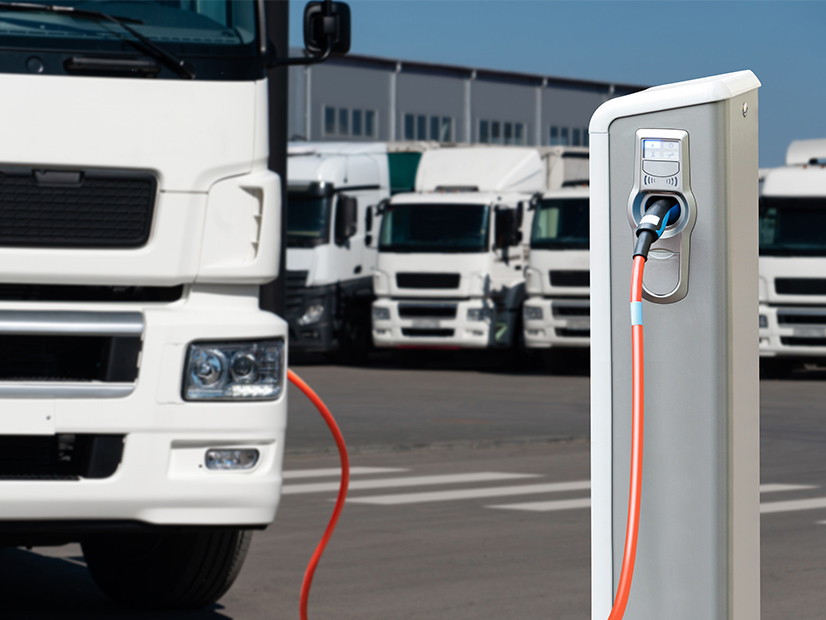The California Energy Commission approved spending plans Monday that include $1.4 billion for electric- and hydrogen-powered vehicles over the next three years and $750 million to fund innovations in clean-energy projects through 2025.
The CEC’s 2021-2023 Investment Plan Update to its Clean Transportation Program increases zero-emission vehicle funding six-fold compared with last year’s update. Most of the increase came from this year’s state budget, which put $3.9 billion toward ZEVs to help achieve the state’s goal of decarbonizing its transportation sector during the next two decades. (See Calif. Earmarks $3.9B for ZEVs Through 2024.)
“This plan charts the path for [Gov. Gavin Newsom’s] historic budget investments in zero-emission transportation infrastructure and manufacturing,” Commissioner Patricia Monahan said in a statement. “These dollars close the 2025 infrastructure funding gap so that access to charging and hydrogen fueling isn’t a barrier for those exploring cleaner transportation options including individuals, businesses and public agencies.”
Newsom in September 2020 ordered that all new passenger vehicles sold in the state must be ZEVs by 2035. A 2018 order by former Gov. Jerry Brown set a target of putting 5 million ZEVs on the road by 2030. But the state needs a vast expansion of charging and fueling infrastructure to reach those goals. (See Can California Meet Its EV Mandates?)
Newsom took advantage of a large budget surplus this year to turbocharge the effort.
About 80% of the funding allocated by the CEC will go to EV charging and hydrogen refueling infrastructure, including $690 million for medium- and heavy-duty infrastructure and $314 million for light-duty.
The California Air Resources Board is scheduled to consider an additional $1.5 billion in funding Friday, an amount also allocated by the fiscal year 2021-22 state budget. If approved by CARB, the money would fund consumer vehicle rebates and heavy-duty equipment investments.
The $1.2 trillion infrastructure bill that President Biden signed Monday devotes $7.5 billion to EVs; California expects to receive $384 million over five years to expand charging networks. The state can also apply for some of the $2.5 billion in grant funding dedicated to EV charging in the bill, the White House said.
EPIC Funding
In a separate decision, the CEC approved its Electric Program Investment Charge (EPIC) spending plan for the next four years.
The commission allocated $150 million per year from 2021 to 2025, totaling $750 million, to fund cutting-edge research and entrepreneurial projects related to clean energy and climate change.
EPIC funding will focus on floating offshore wind turbines, grid reliability during the state’s transition to 100% clean resources by 2045, and short- and long-term energy storage. Using EVs as distributed energy resources and enhancing building decarbonization through electric space and water heating also are priorities.
“This is phenomenal,” CEC Chairman David Hochschild said following the staff presentation. “Just looking at this list, I just feel each and every item address all the key challenges. It feels comprehensive. It feels on point and timely. I’m just incredibly proud of the team.”


